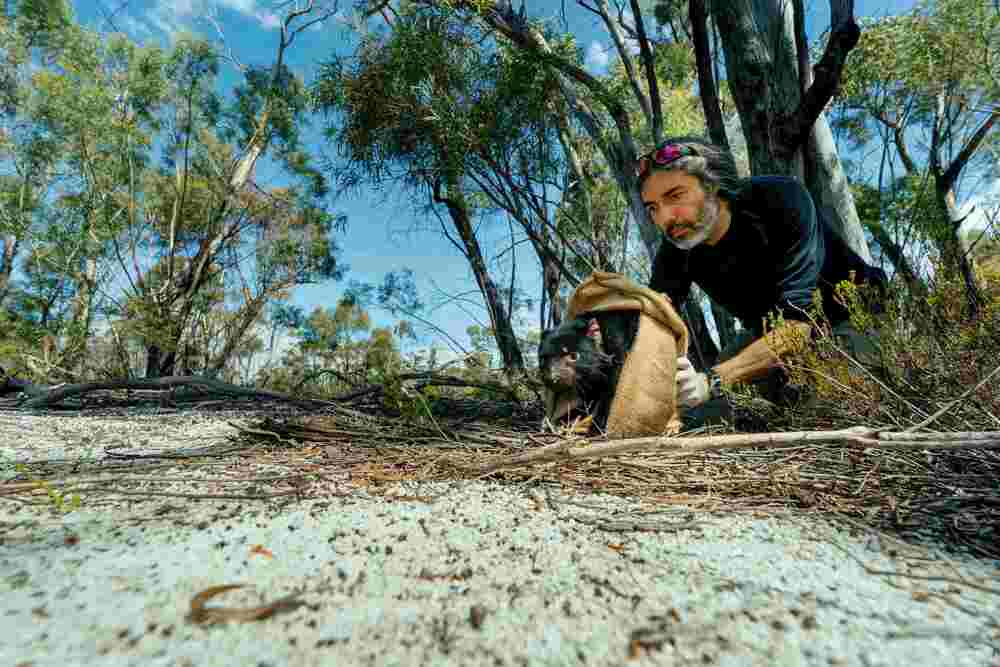THE LATEST
Australian scientists use AI to save the Tasmanian devil

Tasmania’s Tasmanian devil has been severely threatened by Devil Facial Tumour 2 (DFT2) in recent years. However, the University of Tasmania in Australia has developed innovative conservation technology that could save the species. Using groundbreaking artificial intelligence (AI) software, researchers at the School of Natural Sciences have transformed the way scientists monitor and manage wildlife diseases. Led by Dr. Rodrigo Hamede and Professor Barry Brook, this project combines data from remote cameras with advanced AI technology to process thousands of images in real time and identify diseased devils.
“Community support is vital. By working together, we can make a difference in managing wild devil populations affected by the disease,” said Dr. Hamede. “We are calling for landowners from the Huon Valley and Derwent Valley to sign up for our project so we can deploy cameras on their properties.”
The technology uses a three-step process where images of Tasmanian devils captured by remote cameras are first separated from blanks before determining the species. Finally, the software distinguishes between healthy devils and devils with tumors.
The team's AI software can monitor the progress of DFT2 much faster than human labeling, without compromising accuracy. The insights gathered from this project offer real hope for providing informed and timely interventions and could become the standard approach for monitoring devil populations and DFTD infection dynamics across Tasmania.
This innovative project points to the transformative potential of AI in wildlife disease management globally. It allows for more responsive detections and interventions by eliminating the time lag caused when experts need to manually process all the images.
“We are proud to be undertaking this vital work to help ensure the survival of the Tasmanian devil and ensure the management of Tasmania’s unique wildlife is cost-effective and time-efficient,” said Professor Brook.
To join the fight to save the Tasmanian devil, landowners in the Huon Valley and Derwent Valley are encouraged to sign up for their properties to be monitored by cameras. Their participation provides valuable data, raises awareness, and fosters a collective effort to combat DFT2.
In conclusion, the technologies developed by researchers at the University of Tasmania offer hope for the preservation of Tasmanian wildlife. With the active participation of the community and continued advancements in AI technology, we may be able to save the Tasmanian devil and other unique animals from the perils of disease and human encroachment.
